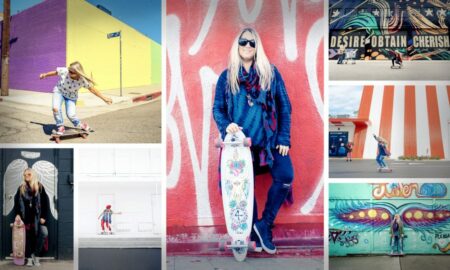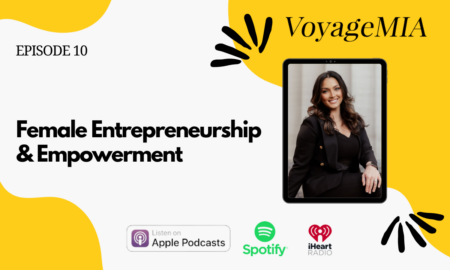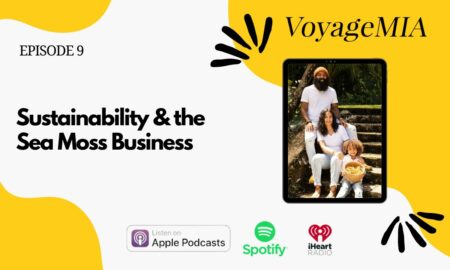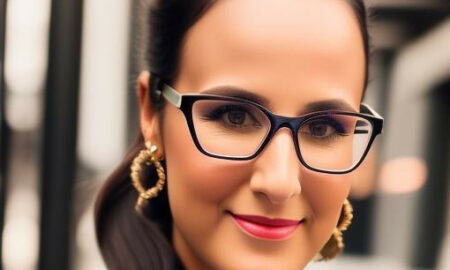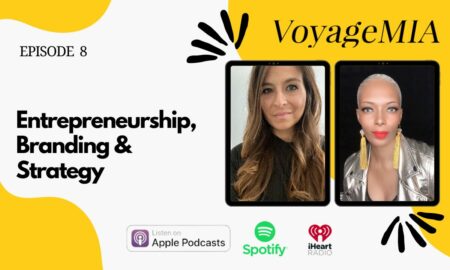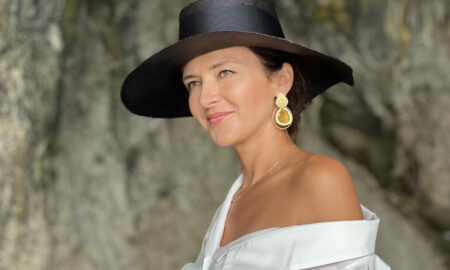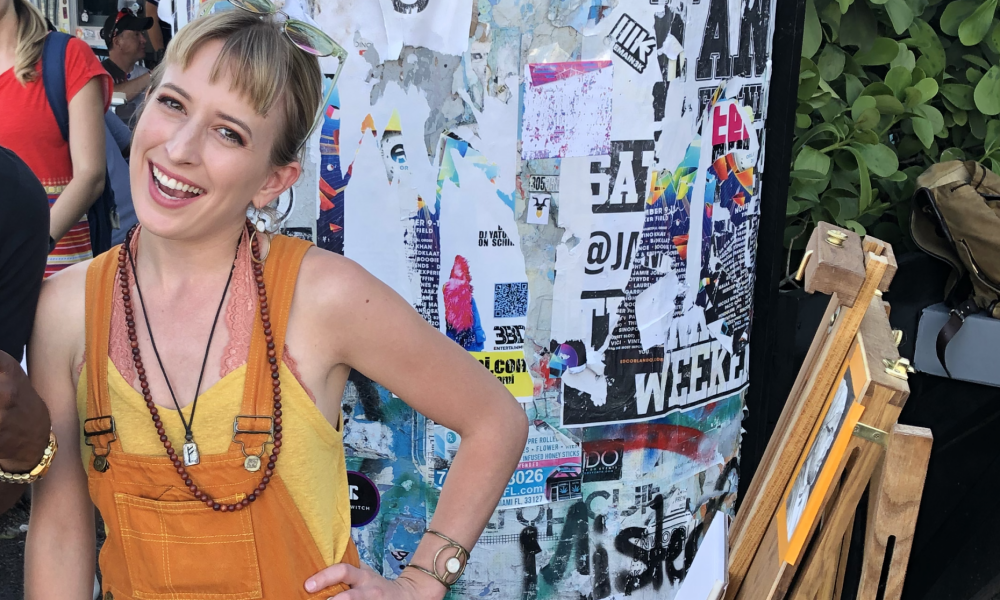

Today we’d like to introduce you to Carly Sanker.
Carly, please share your story with us. How did you get to where you are today?
There’s one day that I always credit my art career to. It was the summer after high school and I was about to start my first semester at MassArt in Boston. I volunteered to participate in a rigorous two-week drawing program that ended with the beginning of the semester. We drew for six hours a day, and when the weekend came, I didn’t want to take a break. I wanted to keep drawing. Onto the train, I carried an easel, a foldable chair, a sign which read “$20 Portraits” and a bag filled with pieces of plywood onto which I taped examples of my work. This wasn’t my first time busking on Newbury Street and though the bag was heavy, this time nothing would fly away.
After getting enthusiastic permission from the owner of a popular restaurant, I leaned my drawings from high school against an iron fence. Twenty minutes passed and no one wanted to pay twenty dollars for a portrait. I created a new sign which read “$10 Portraits”. Still, no one. Well, I thought, I still want to practice! I started drawing free portraits and had no shortage of models.
I was onto what must have been my fifteenth portrait of a cute kid that couldn’t sit still when a man approached me. He must have been in his forties. He wore Under Armour and hunched over my work clutching the straps of his small backpack, peering at everything carefully through his thick-rimmed glasses which slightly magnified his eyes. His hair was slicked back in an opaque white gel. “Did you do all of this?” He asked.
“Yes,” I replied.
“Could you do it digitally?”
Here I had just turned eighteen and I had been drawing on a tablet since I was thirteen years old. He was looking at one of my pieces in particular—an 18×20 drawing that took me roughly a hundred and fifty hours to complete using only a fine Bic ball-point pen. “It would be a lot easier to do it digitally,” I laughed.
His name was Ronald Perry. After a short chat, he offered me a job testing out a drawing program that he and his partner Sarah Frisken from Mitsubishi Electric Research Laboratories had created. It utilized the same technology, he explained, that he and Sarah sold to Amazon which allowed text on the Kindle to scale without losing resolution. It would be the first infinitely-scalable digital painting and drawing software which was neither pixel nor vector-based.
I requested a minimum wage and he offered me three times what I had asked. After Ron spoke with both of my parents (I was eighteen), I went to his and Sarah’s house in Cambridge where I tested the software. I was free to draw anything I wanted, gave feedback on the UI and the functionality of the tools, and created artwork to illustrate the power of the program.
My entire art career has spiraled out of this gig. The program was titled “Mischief” and they featured me in a video to advertise it. They brought it to animators at Disney in California, and I accompanied them to New York to share the program with artists at Marvel headquarters. Those connections led me to an internship at Marvel Animation in Glendale, a job at Disney animating twelve shorts which aired on Disney XD channel, my job at Harvard as a User Experience Designer, my role as an Artist in Residence at MIT and as a freelance scientific illustrator creating thirty-two illustrations for a book to be published by the Oxford Press in 2020 titled Block by Block: The Historical and Theoretical Foundations of Thermodynamics by Robert Hanlon.
I now work exclusively as a freelance contract artist and enjoy traveling for work. In my free time when I’m not writing and producing music, I’m working on a graphic novel which I aspire to have adapted into a full-length feature film.
Overall, has it been relatively smooth? If not, what were some of the struggles along the way?
The greatest hurdles I’ve encountered as a professional artist have all stemmed from my expectations. My idea for my ultimate art “dream job” has changed more times than I can count, and every time I switched industries I worried that my multicolored resume would leave me struggling to find consistent work. I couldn’t have been more wrong. As an artist, you can apply your skills in so many different industries. It’s just not something that everyone does and for good reason: it’s challenging! You have to be self-motivated and do quite a bit more legwork, but the reward is artistic freedom to design a career that works for you. To me, it’s worth it.
We’d love to hear more about your art.
Over the past ten years, my career has been far from linear, but I’ve started to connect the dots and have come to make out a common thread: My mission is to facilitate technology and education using my skills as an artist. I’m very passionate about education and believe there is unprecedented progress to be made by infusing it with the same attention that we put into entertainment.
On a less serious note, I like to spend my free time for fun and a little profit on avenues that will generate passive income. Designing icons and illustrating prints for apparel and commodities are a couple of my favorite pastimes. I have a Society6 shop that I created when I lived in San Francisco called MysteryMuseum. Some larger personal projects include a visually-oriented organizational app which will be translated into augmented reality and, of course, the ongoing creation of my graphic novel.
So, what’s next? Any big plans?
I’m presently taking some time to work on my personal projects. One of my favorite ongoing projects has been OTARI, a thrilling yet whimsical game which teaches the player about cybersecurity while exploring a futuristic city where there are canals instead of roads, and a variety of efficient water vehicles in place of cars.
Along with my partner, Justin Troutman—an experienced cybersecurity wizard-based out of San Francisco—we created the company FIGHTING! Studios, inspired by the popular phrase in Korean culture. We are currently in the conceptual stage of its development and will release the Kickstarter in 2020.
Contact Info:
- Website: https://society6.com/thetactfulartist
- Phone: 781.308.1983
- Email: carly@sanker.com
- Instagram: carlygettinggnarly








Suggest a story: VoyageMIA is built on recommendations from the community; it’s how we uncover hidden gems, so if you or someone you know deserves recognition please let us know here.


